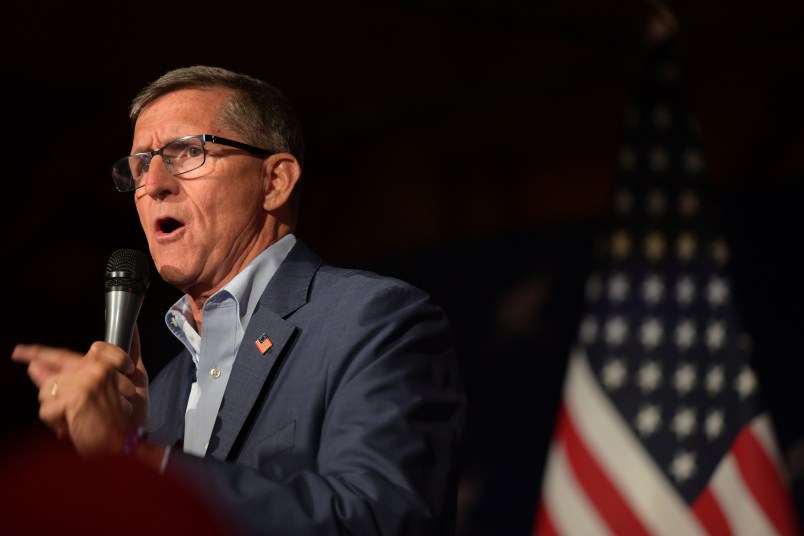Alaska militia leader Schaeffer Cox is asking the court to throw out FBI recordings made by a confidential informant because the informant took actions that were “analogous to kidnapping” and turned Cox’s life into a version of the Jim Carrey movie The Truman Show.
In a filing on Monday, Cox attorney Nelson Traverso argued that the judge should suppress all of the recordings made by the FBI’s confidential informant, Gerald Olson.
“Cox — like Jim Carrey’s character in the movie The Truman Show — has eventually found out that the intimate details of his private life, including the gatherings of his friends and family, were unbeknownst to him broadcast to an audience and preserved for that audience’s own future use,” the filing says. “Since this entire case is the fruit of that unlawful and heinous surveillance, all the evidence obtained by the government must be suppressed.”
Olson agreed to inform on Cox and other members of the Alaska Peacemakers Militia in exchange for a reduced sentence on a fraud charge over a septic tank business scam. The other FBI informant was Bill Fulton, the former owner of Dropzone Security, who also recorded Cox and his compatriots after he was allegedly contacted to provide them with weapons.
In March, Cox and four others were arrested and charged with stockpiling weapons as part of a plot to kill several Alaska officials.
“With the benefit of hindsight,” the brief says, “it is easy to see that [Olson] was desperate and did what he did in order to create a situation where he could be the ‘hero’ and thereby benefit his own penal interests, thus receiving a slap on the hand when instead he should be behind bars for a decade or more.”
Cox alleges that Olson, though only an entry-level member of the militia, “refused on numerous occasions to abide by the directives of Cox but instead implemented his own agenda and attempted to inject himself into the command structure.” Cox says Olson also advocated using violence, to the point where he had “worn out his welcome” and other members of the group had plans to “decommission” him.
“Cox explicitly and specifically told [Olson] not to try to obtain the explosive C-4; yet, [Olson] did so,” the brief claims. “Cox explicitly and specifically told [Olson] not to be involved with anything illegal; yet, [Olson] engaged in a campaign of doing so.”
At the time, Cox had begun to feel he “had no choice but to walk away from it all now,” and Olson was only kept on board because he told Cox he had a way for him to get out of the state, according to the court documents. Olson allegedly told Cox that for $500 “a sympathetic trucker” would transport him to the lower 48 states, and then “made further recorded misrepresentations explaining the fictitious trucker’s delay on February 26 and March 1, and then told Cox that the trucker was there to transport Cox on March 10 when instead that was the guise for effecting Cox’s arrest.” Cox also says he lost use of his family car because Olson took his car battery and promised to fix it, but never did.
“Were there any question as to the magnitude of the seizure of Cox,” the filing says, “that question is answered by observing that the government’s actions in preventing Cox and his family from leaving Alaska and instead holding him in the Fairbanks area from February 19 till March 10, 2011 are analogous to kidnapping.”
Olson isn’t the only informant who Cox claims conspired against him. He also alleges that on February 4 and 5, Bill Fulton “resorted to physical force when the Peacemakers would not implement [Fulton’s] own plan for violence. In short, as Cox was well aware, [Fulton] put a knife to one of the Peacemakers’ throats and was prepared to kill him when the Peacemaker indicated that the Peacemakers had no plans for violence.”
In previous filings, Cox has accused Fulton of “pushing and pushing the question ‘what my plan was’ and that his men were being mobilized to attack the government.”









